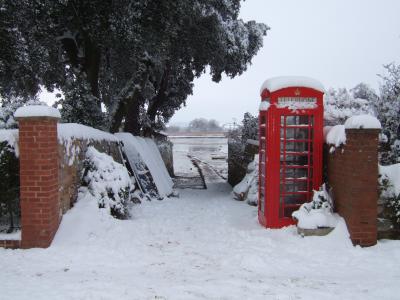City’s treasure collections boosted by Medieval gold finger ring from Wembury - The Box, Plymouth
By: Jo Clarke
Added: 05 June 2018
A beautiful Medieval ring, officially classed as Treasure, has been acquired for the city’s permanent collections.
The gold finger ring set with a sapphire dates from around AD 1100-1500 and most probably belonged to a high ranking member of the clergy. It was discovered in the parish of Wembury in 2014 by metal detectorist, Robin Barker and recorded through the Portable Antiquities Scheme.
The ring has now been added to Plymouth Museums Galleries Archives’ archaeology collections. It was purchased with help from The Headley Trust, the V&A Purchase Grant Fund and the Friends of Plymouth City Museum and Art Gallery.
Sapphires are traditionally associated with sincerity and faithfulness and were also a symbol of chastity during Medieval times. High status finds made from precious metal that date from this period are extremely rare within the local area.
Members of the clergy were vowed to a life of celibacy so it’s likely they may have worn a ring like this. High ranking clergy would have also believed that by displaying the wealth of the church in this way they were praising God. At least a dozen sapphire rings have been found in the graves of Medieval bishops.
From AD 1121-1539 the lands around Wembury were occupied by Plympton Priory, probably the wealthiest monastic house in Devon. As a result, members of the clergy, including those of high rank, would have been in the area around Plymouth in Medieval times.
Councillor Peter Smith, Deputy Leader said: “We’re really pleased to be able to add this important item to the city’s collections and very grateful to those who have supported our acquisition of it. It’s a really interesting object which, as well as being beautiful and valuable, also tells us something about the religious history of the region.”
To find out more about the city’s archaeology collections visit www.plymhearts.org/archaeology
Latest news
-

Lunchtime Lecture: Thursday 18th April Churchill's Secret Army in East Devon
Topsham Museum
-

Topsham Museum is open for the 2024
Topsham Museum
-
The Box selects artist Paul Rooney for IWM 14 18 NOW Legacy Fund commission
The Box, Plymouth
-

Dingles Fairground Museum: Final Season
Dingles Fairground Museum
-
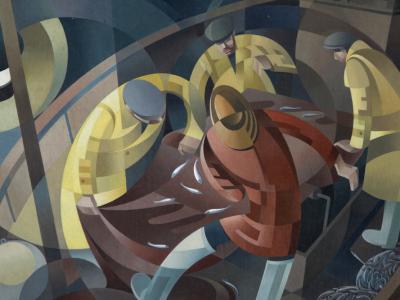
'Planet Ocean' exhibition dives deep into our connection with the sea
The Box, Plymouth
-

Winter Lecture: Exploring the Indigo Trail
Topsham Museum
-
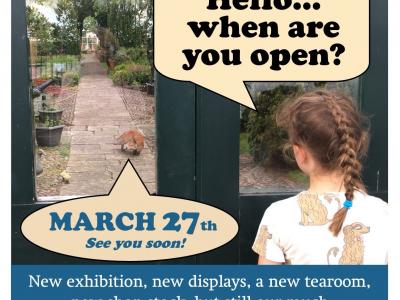
Opening Day March 27th
Topsham Museum
-
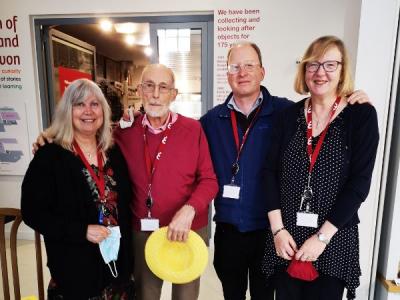
Volunteer at the Museum of Barnstaple and North Devon
The Museum of Barnstaple and North Devon
-

Documentary Open 2024 Voting Open
The Museum of Barnstaple and North Devon
-
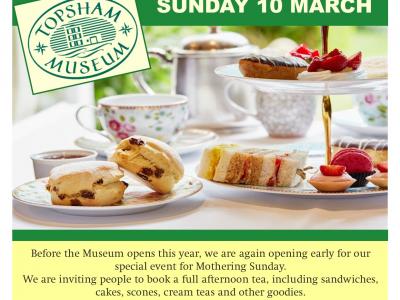
A Special Mother's Day Tea
Topsham Museum
-
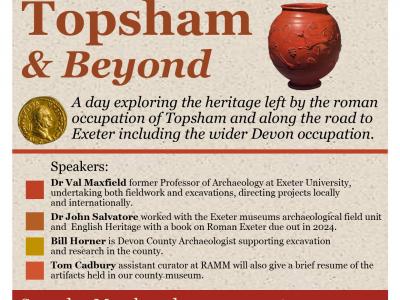
The Romans in Topsham and Beyond Day Symposium
Topsham Museum
-

Christmas Market
Topsham Museum
-
Christmas Events 2023
Topsham Museum
-
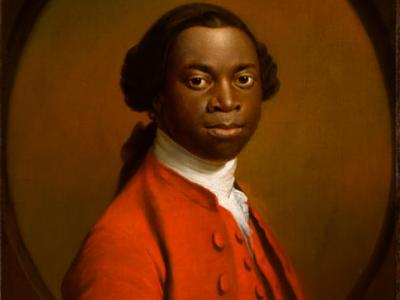
RAMM launches educational resources on the Transatlantic Slave Trade in Devon for teachers and educators
Royal Albert Memorial Museum and Art Gallery
-
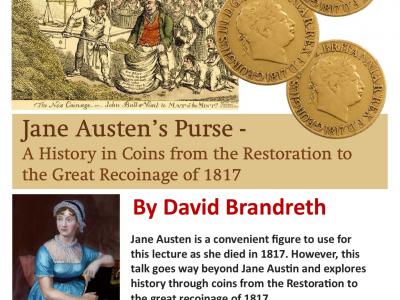
September Lunchtime Lecture, Tuesday 19th September
Topsham Museum




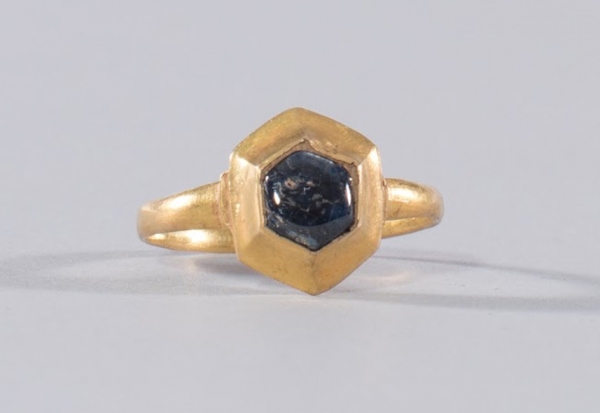
andmembersofTheBox'sveteransgroup.JPG&w=400&h=300&zc=1)
